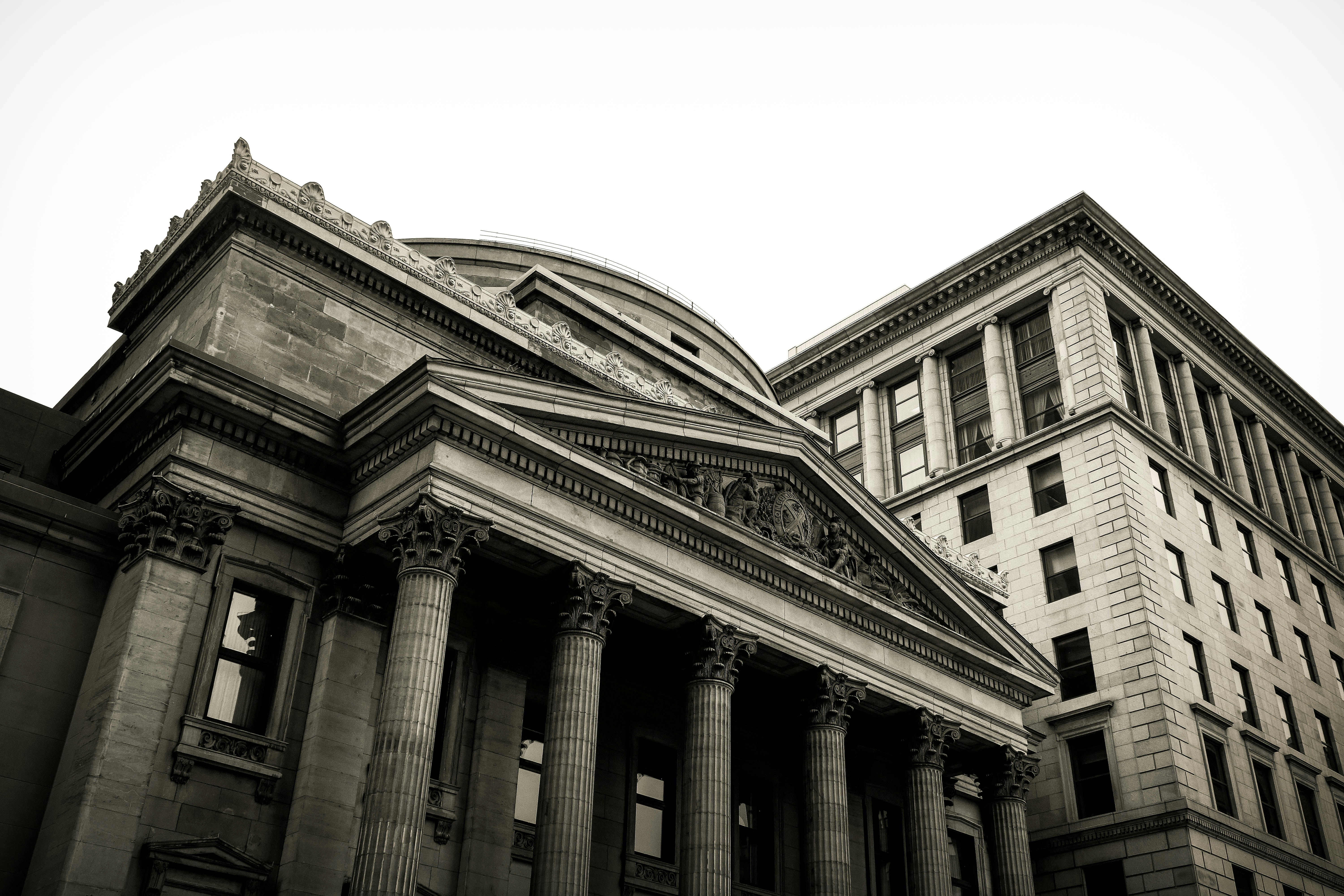According to the Federal Reserve, the largest US banks are still able to withstand a severe economic and financial crisis. The US central bank announced the results of its annual stress test. Vice Chairman for Banking Supervision Michael Barr said that the losses that lenders will incur in this year's test were greater than last year.
US Banks Pass Fed Stress Test, 'They're in Good Hands'

Through stress testing, the Fed checks whether the largest banks in the United States have enough capital after periods of major economic downturns. The results also determine the minimum buffers that banks must hold.
“The Fed is simulating a major recession. They have already chosen a severe recession with 10% unemployment, stock markets falling in half and housing prices falling by 40%,” says economics professor Soeder van Wijnbergen of the University of Amsterdam.
“The big banks are actually very strong in America, and they will be able to manage things. The problem last year was with the small banks,” says Soeder van Winbergen. “The small banks are regional and therefore more exposed to risk because they get all their loans in one state.” If things go badly in that one state, the whole bank goes with it. These big banks are more spread out and can take huge hits. They are comfortable with their coattails.
“Big banks in safe hands”
The Fed’s crisis scenarios vary each year. This year, the regulator is looking at, among other things, what impact a 6-percentage-point rise in unemployment would have on banks’ balance sheets. The central bank is also investigating what would happen to banks if commercial real estate prices fell by 40 percent. For banks with a large commercial branch, the Fed is also looking at how the shock would impact international financial markets.
31 banks
This year, 31 banks were tested. That’s a significant increase from last year, when there were 24. That’s because banks with a combined balance sheet of between $100 billion and $250 billion are also being considered. “While the intensity of this year’s stress test is similar to last year’s, the stress test resulted in higher losses due to riskier balance sheets and higher costs,” Barr said, adding that all banks are well capitalized.
Risks
The higher risks are mainly for customers with credit cards and business loans. Plus, higher costs mean less profit from commissions, for example, which makes it harder to offset losses, according to the Federal Reserve. A key measure for banks, the CET1 capital ratio, tested at 9.9 percent this year. It was 12.7 percent a year ago. The minimum requirement is 4.5 percent.
The annual stress test was implemented in the wake of the Great Financial Crisis, which caused major upheaval over the survival of banks between 2007 and 2009. The Fed wanted to restore confidence by regularly checking whether reserves were strong enough.


